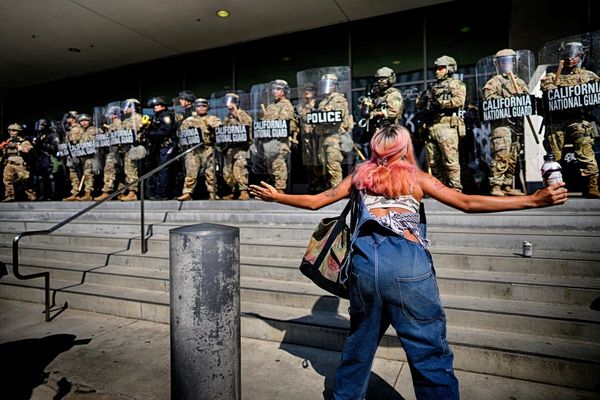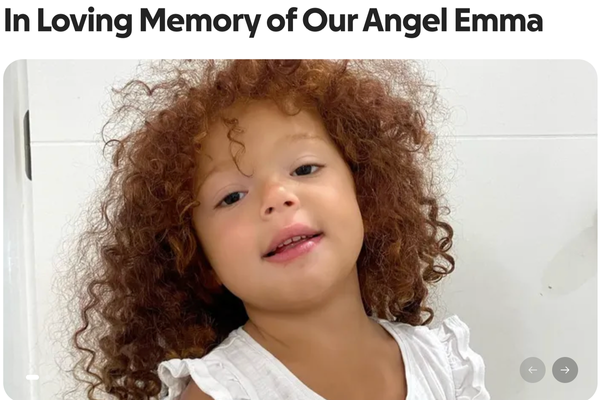The way people take in information has shifted. Text alone no longer carries the same weight it once did. Readers and viewers now expect stories that mix strong writing with visuals that create an emotional pull. From breaking news clips to photo essays, content today is shaped by images that frame how audiences feel and what they remember.
Studios such as Awing Visuals show how this shift is not just about entertainment. Their work highlights how video, drone shots, and high-quality visuals are redefining the way stories are told. The expectation for compelling imagery has grown across journalism, features, and cultural reporting, and the demand is unlikely to slow down.

Photo by Julia Avamotive
Why Images Move Us
Humans are wired to respond to images. A photo of a protest crowd or a drone shot of a flooded town communicates urgency and scale faster than a thousand words. Journalists and media outlets know this. The reliance on striking visuals helps readers feel closer to events, even when they unfold thousands of miles away.
At the same time, visuals build trust. When news outlets provide video evidence or strong photography, they offer a level of proof that text alone cannot provide. This blend of emotion and evidence has become a hallmark of modern reporting.
The Technical Shifts Behind the Lens
The visuals we see today are sharper and more polished than even a decade ago. Better cameras, lighter drones, and faster editing tools have raised the standard. This has opened the door for media outlets of all sizes to compete with imagery once reserved for large broadcasters.
Lighting and framing are central here. A well-lit interview shot or a carefully framed drone pass over a city skyline can set the tone for the story. Editing choices matter too. Quick cuts keep audiences engaged, while longer takes slow the pace and allow reflection. These decisions, once hidden from the public, are now more visible as audiences grow more media-savvy.
Culture Reporting Meets Cinematic Style
Cultural journalism has also embraced the shift. Coverage of art, music, or film festivals is no longer limited to text reviews. Instead, audiences see short video reels, immersive photo galleries, and behind-the-scenes drone footage. These elements bring texture and atmosphere to stories that might otherwise feel flat.
This cinematic style does not mean abandoning journalism’s core values. It means presenting those values in a way that matches how people already consume content online. Social platforms thrive on visuals, and cultural reporting has adapted to meet audiences where they are.
The Role of Drones in News and Features
Drone footage has become a key player in modern storytelling. It allows journalists to capture wide perspectives that were once impossible without helicopters. From environmental coverage to urban design stories, drones bring fresh context to events.
Yet drones are not just about scale. They can also provide intimacy. A slow aerial sweep over a historic site or a rural village adds a layer of storytelling that draws the viewer in. Used responsibly, drones balance spectacle with depth, giving audiences more ways to connect with the subject.
What Audiences Now Expect
The bar has been raised. News consumers are quick to notice if visuals feel dated or poorly executed. They expect video to load fast, photography to feel authentic, and graphics to support rather than distract. When those expectations are met, trust and loyalty follow.
This shift has implications for both large media houses and small independent outlets. Even a niche publication covering local events can benefit from sharper visuals. Readers want to be drawn in, and high-quality imagery helps deliver that experience.
Lessons for Media and Brands
The overlap between journalism and branded content is growing. Brands, much like newsrooms, are expected to deliver stories with visual weight. While their goals differ, the underlying demand for professional, engaging content remains the same.
Here are a few lessons both media and brands can draw from visual storytelling trends:
- Authenticity matters: Viewers can tell when visuals are staged or overly polished. Honest, in-the-moment content carries more weight.
- Context is key: Strong visuals should not just look good. They should help the audience understand the story better.
- Consistency builds identity: A clear style in photography, graphics, or video helps establish a voice that audiences recognize.
Where This Is Headed
The future points toward even more immersive experiences. Interactive visuals, 360-degree video, and augmented reality could all play roles in shaping how people consume news and culture. At the same time, the basics of lighting, framing, and editing will remain essential. Technology may change, but the human response to visuals will stay constant.
What is clear is that stories told through a mix of words and visuals reach deeper. They resonate longer, spark more conversation, and often carry more authority. The challenge now is for media outlets, journalists, and even brands to keep pace with the growing expectations of their audiences.

Photo by Kyle Loftus
Conclusion
Visual storytelling has moved from being an add-on to being the core of how we consume information. Whether through drone footage of a breaking event or a carefully edited cultural feature, visuals shape how we understand the world. For newsrooms and brands alike, investing in this side of storytelling is no longer optional. It is the way to stay relevant in a crowded digital space.







